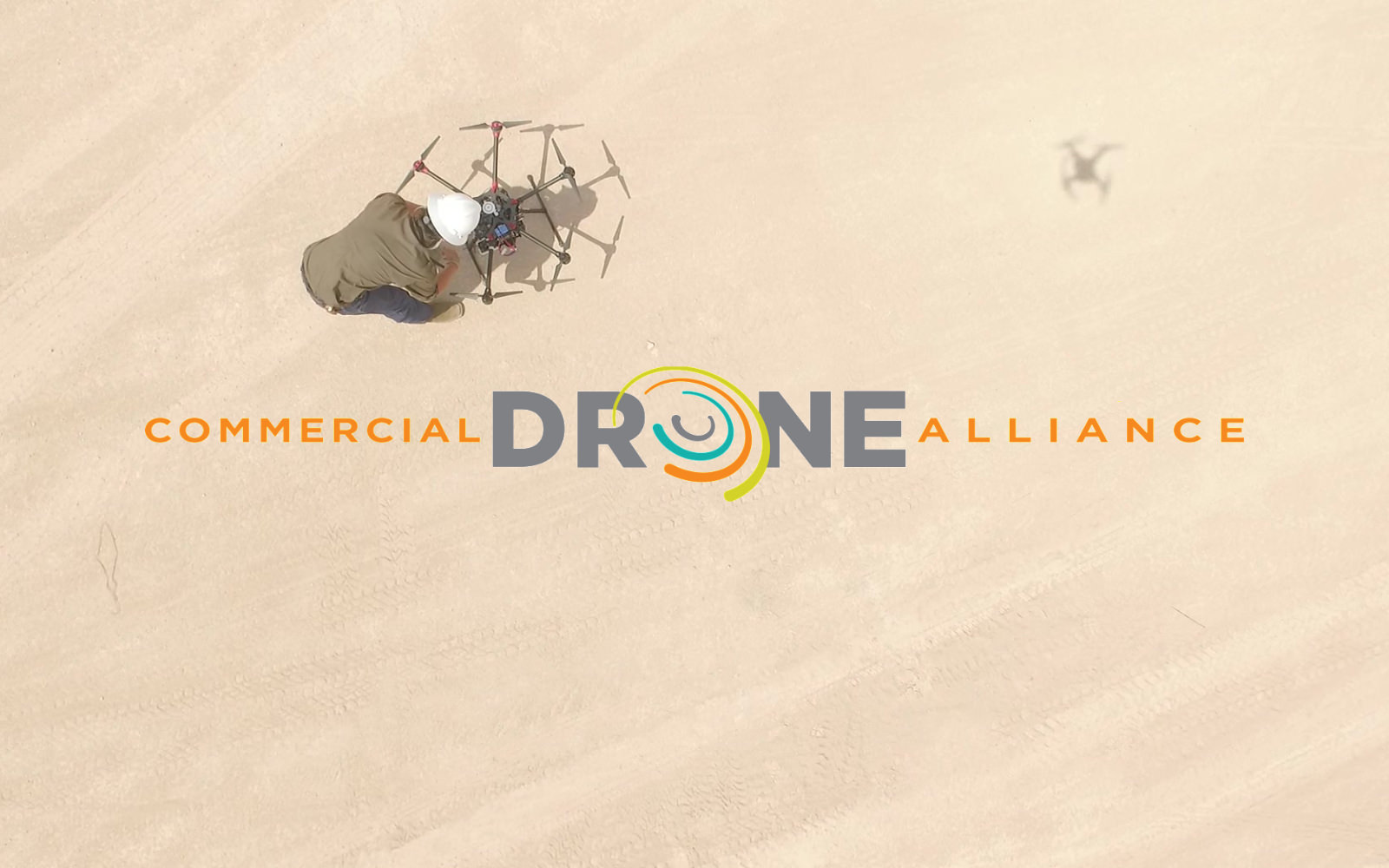
Rebounding off its participation in the August 3 White House summit on advanced air mobility (AAM), sector lobbying organization Commercial Drone Alliance has gone on the offensive with praise of the Biden administration’s initiative in support of next-generation aerial activities, but with criticism of regulatory constrictions it says stifles increased UAV services in the US.
The position staked out by the Commercial Drone Alliance (CDA) in its statement Wednesday might be described as “love Biden’s AAM boosterism, hate the Federal Aviation Administration’s regulatory drag.” Or, put another way, the CDA is heartened by the encouraging, even activist themes evoked at the White House AAM summit, but frets those don’t square with red-tape realities that have slowed certification and service launches of drone and urban air mobility craft.
“When its history is written, August 3, 2022, the White House Advanced Air Mobility (AAM) Summit could mark a significant milestone,” said CDA executive director Lisa Ellman in the statement. “President Biden now has the opportunity to take strong executive action unleashing the potential of these advanced aviation technologies. Such action is necessary to ensure American leadership in the next era of aviation.”
Indeed, the CDA communiqué goes on to claim that though the US is still in the forefront of AAM tech development and service models, much of that potential remains grounded by the slowly churning wheels of regulation. While drone deliveries have become a thriving, regular reality in other countries, the CDA argues, the same activity in the “US is limited to a handful of small-scale pilot projects” – largely due to burdensome restrictions.
Read: Walmart expands drone deliveries to 4 million potential households
Also throttled, it says, are drone services in transportation, energy, and communications infrastructure inspection weighed down by “outdated regulatory constraints (which) inherently limit the scale and impact of these operations.” If there’s any doubt as who’s responsible for the impedance, the CDA statement makes it clear.
“Support for enabling the benefits of drones has been a bipartisan policy priority since 2012 when Congress first directed the Federal Aviation Administration (FAA) to integrate drones into the National Airspace System,” it says. “Now, 10 years later, not a single drone model has received standard FAA certification, and FAA approvals authorizing advanced operations for the benefit of the American public are limited and require cumbersome, expensive, and time-consuming procedures… (W)hile technological capability has quickly advanced, US policy has lagged behind, hindering this industry’s growth here and hurting our country’s global competitiveness.”
The extent of just how booming activities like drone deliveries are in other countries is debatable – even in UAV-mad Australia, the whir of craft transporting food or grocery orders tends to be limited to specific urban hot spots. Also questionable is whether the post-Reagan US could ever be described as more regulation-bound – in any sector or activity – than the notoriously regimented European Union or Japan.
Similar doubts may be raised by CDA implications that foreign developers of AAM aircraft working in “market(s) long characterized by state-subsidized companies” have an advantage over US rivals– unless, of course, Washington gets lively with policy support (among, perhaps, other kinds) to level that playing field.
Read: FAA-CAA cooperation on AAM lifts companies like Joby active in both markets
The CDA makes some valid and legitimately compelling points in its paper about the revolutionary and economically promising future of AAM activity. However, the stand it has taken in the wake of the White House AAM summit is perhaps more an indication that even in the world of next-generation aerial activity, old-school lobbying remains a force to be reckoned with. Let the FAA be warned.
FTC: We use income earning auto affiliate links. More.



Comments